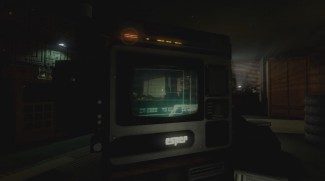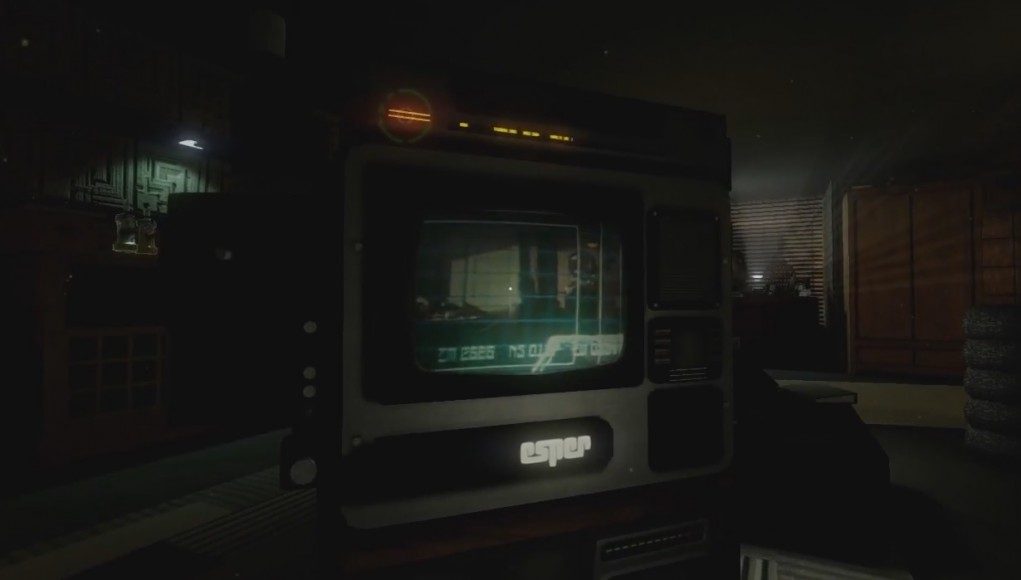A project that started life as an exercise in 3DS Max height mapping, had now grown into a full-fledged virtual reality recreation. Step into Deckard’s apartment, as featured in the 1982 Sci-fi classic Blade Runner.
 For me, as a huge movie fan, detailed dioramas and fan recreations of famous movie scenes or locations is an area of app development I think might be huge. We’ve already seen the Milennium Falcon and the bridge of the Enterprise modelled and presented in VR, now it’s the turn of one of my all time favourite sci-fi movies, Blade Runner. And of course, the current seminal futuristic VR experience which draws heavily on the movie, Technolust.
For me, as a huge movie fan, detailed dioramas and fan recreations of famous movie scenes or locations is an area of app development I think might be huge. We’ve already seen the Milennium Falcon and the bridge of the Enterprise modelled and presented in VR, now it’s the turn of one of my all time favourite sci-fi movies, Blade Runner. And of course, the current seminal futuristic VR experience which draws heavily on the movie, Technolust.
Directed by Ridley Scott, an artist renowned for his obsession with his attention to set dressing detail, Blade Runner is perhaps a perfect target for a recreation in virtual reality. Blade Runner is one of the finest example of his detailed art direction, with every frame packed with hand picked objects, carefully positioned and beautifully lit.
 It was this cornucopia of props that developer Quentin Lengele threw himself into recreating after an exercise creating height maps on wall tiles grew out of control. “It was just a height map test on wall tiles in 3D Studio Max. It quickly turns into a modeling challenge to reproduce all the assets of Deckard’s apartment and a view on Los Angeles streets.” The demo is as yet unreleased, but a recent video (above) walk through impresses.
It was this cornucopia of props that developer Quentin Lengele threw himself into recreating after an exercise creating height maps on wall tiles grew out of control. “It was just a height map test on wall tiles in 3D Studio Max. It quickly turns into a modeling challenge to reproduce all the assets of Deckard’s apartment and a view on Los Angeles streets.” The demo is as yet unreleased, but a recent video (above) walk through impresses.
Although not yet complete, Lengele has really gone to town grading colours and contructing the heavily hazed lighting, complete with light shafts through the apartment’s Venetian blinds. What’s more, search hard enough and you’ll stumble across an active version of one of the movie’s most iconic props, the ESPER machine – which plays a loop of video and audio taken from the movie. The audio too is lovingly ripped, and remixed with the background of futuristic vehicles whooshing around the building, it all looks and sounds very authentic.
Lengele is working on tweaking framerate as current dynamic lighting performance isn’t quite good enough. Not work on release date, but you can keep up with the project via Lengele’s blog right here.







